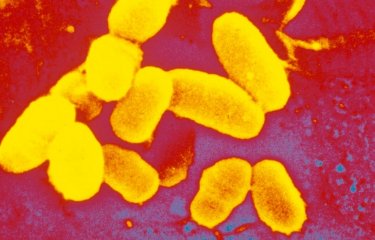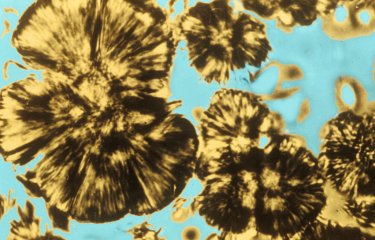Jean-Marc Cavaillon, Honorary Professor at the Institut Pasteur, presents an overview of the discoveries that have shaped our understanding of bacterial toxins.
What does the term "toxin" mean? Louis Pasteur did not yet know when he identified bacteria as the cause of putrefaction in 1880. In his review article entitled From Bacterial Poisons to Toxins: The Early Works of Pasteurians published on November 3, Jean-Marc Cavaillon, Honorary Professor at the Institut Pasteur, offers a retrospective of the discoveries made by Pasteurians that have shaped our understanding of bacterial toxins.
The word "toxin" was coined in 1888 by Ludwig Brieger to describe different types of poison released by bacteria. Pasteur had identified bacteria as the cause of putrefaction but had never used the word "toxin".
In 1888, Émile Roux and Alexandre Yersin (pages in french) were the first to demonstrate that the bacteria that causes diphtheria releases a deadly toxin. Roux proposed the use of serotherapy, which had been introduced by Emil von Behring (winner of the first Nobel Prize in Physiology or Medicine in 1901) and saved many children suffering from diphtheria.
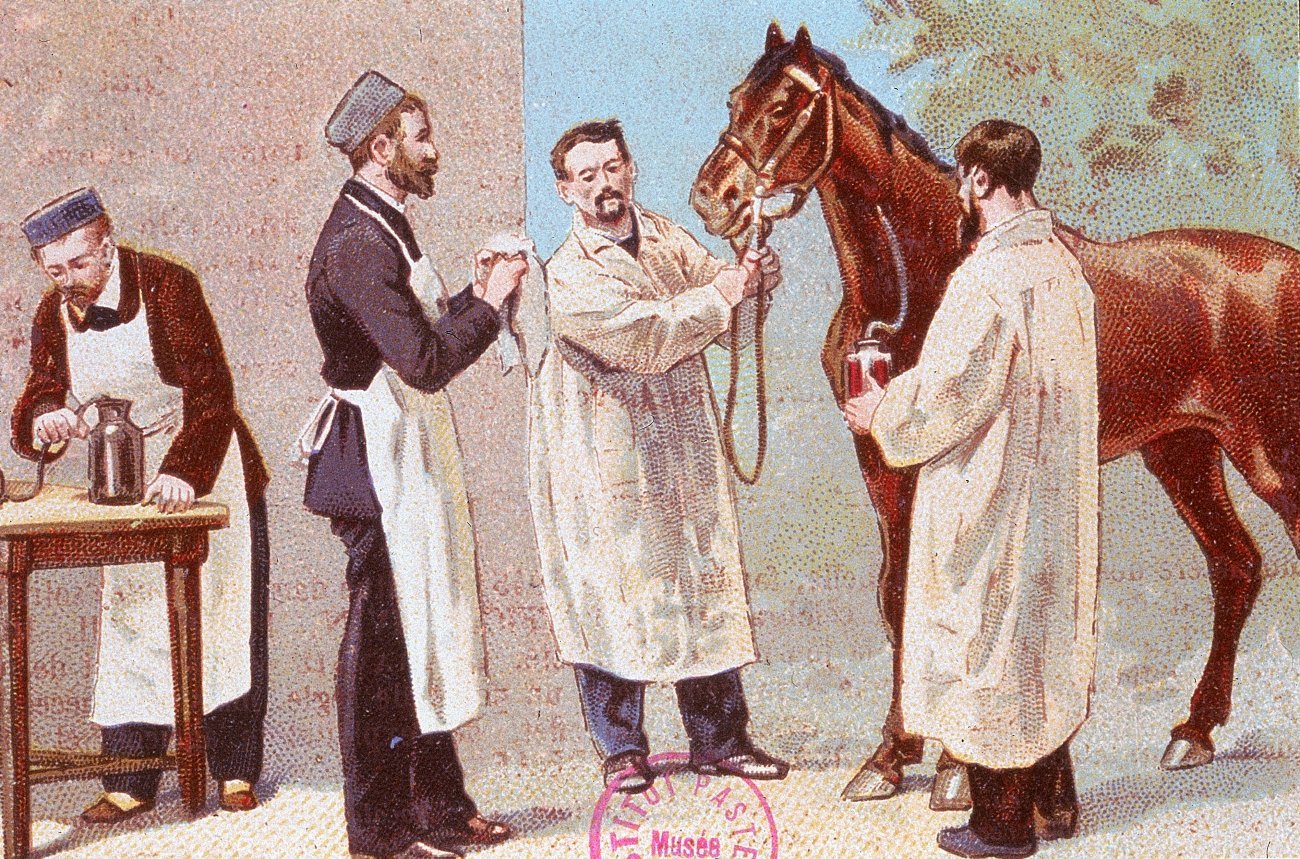
Dr Roux, a student of Pasteur, discovers the remedy for diphtheria
In 1923, Gaston Ramon (page in french) treated this toxin with formalin and heat, resulting in the concept of "toxoid" as a means of vaccination.
Pierre Descombey, Christian Zoeller and G. Ramon used a similar method to obtain tetanus toxoid.
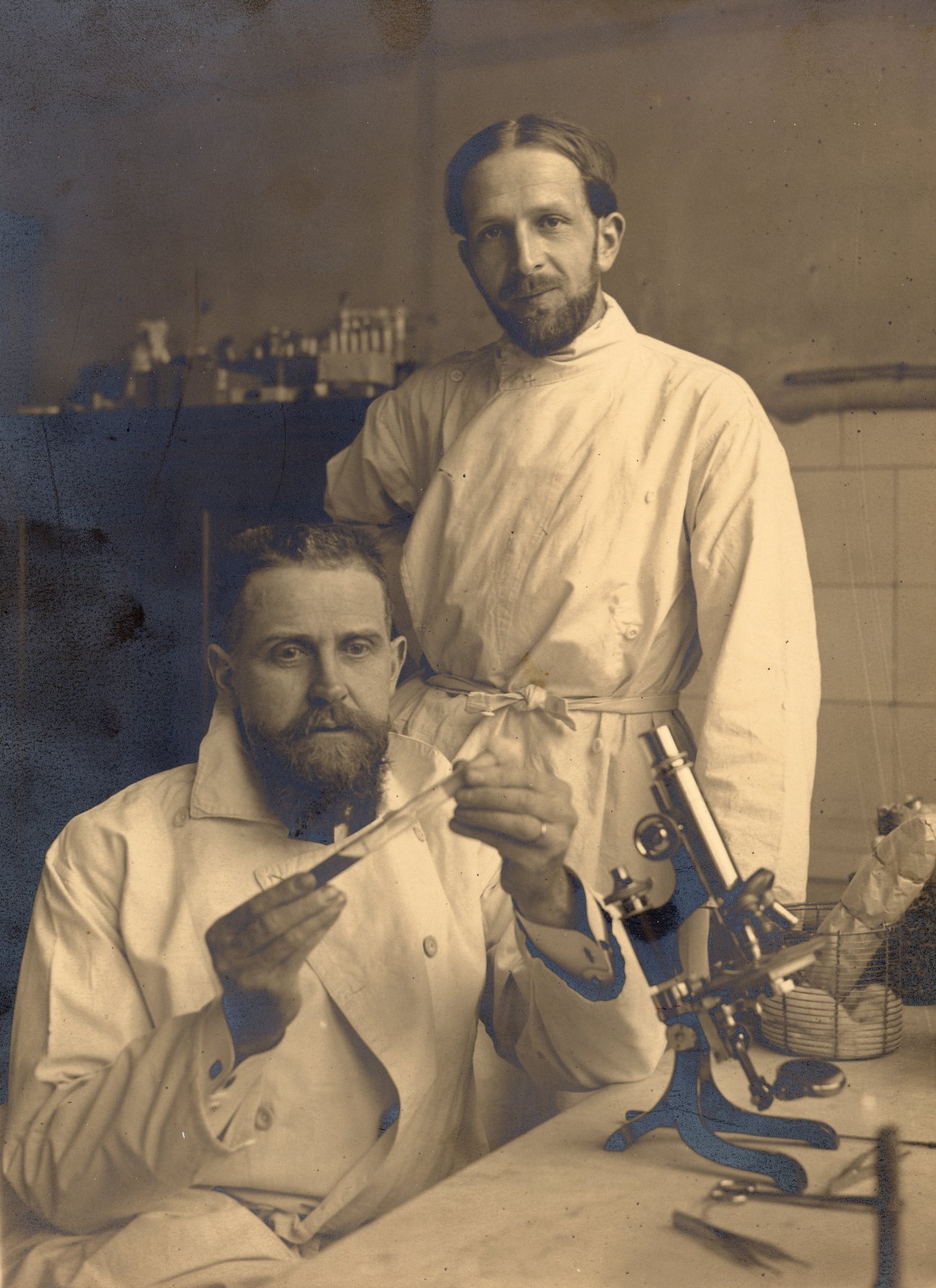
Gaston Ramon and his colleague Christian Zoeller with whom he worked on the associated vaccines, here in 1925
Ilya Mechnikov also studied tetanus toxin and cholera toxin. A colleague of his from Odessa, Nikolai Gamaleya, went on to join the Institut Pasteur and wrote the first book on bacterial poisons.
Meanwhile, other Pasteurians such as Etienne Burnet, Maurice Nicolle, Emile Césari and Constant Jouan wrote books on toxins.
With regard to endotoxins, Alexandre Besredka produced the first immune antiserum against lipopolysaccharide, and André Boivin described the biochemistry of endotoxins in his research with Lydia Mesrobeanu in Bucharest.
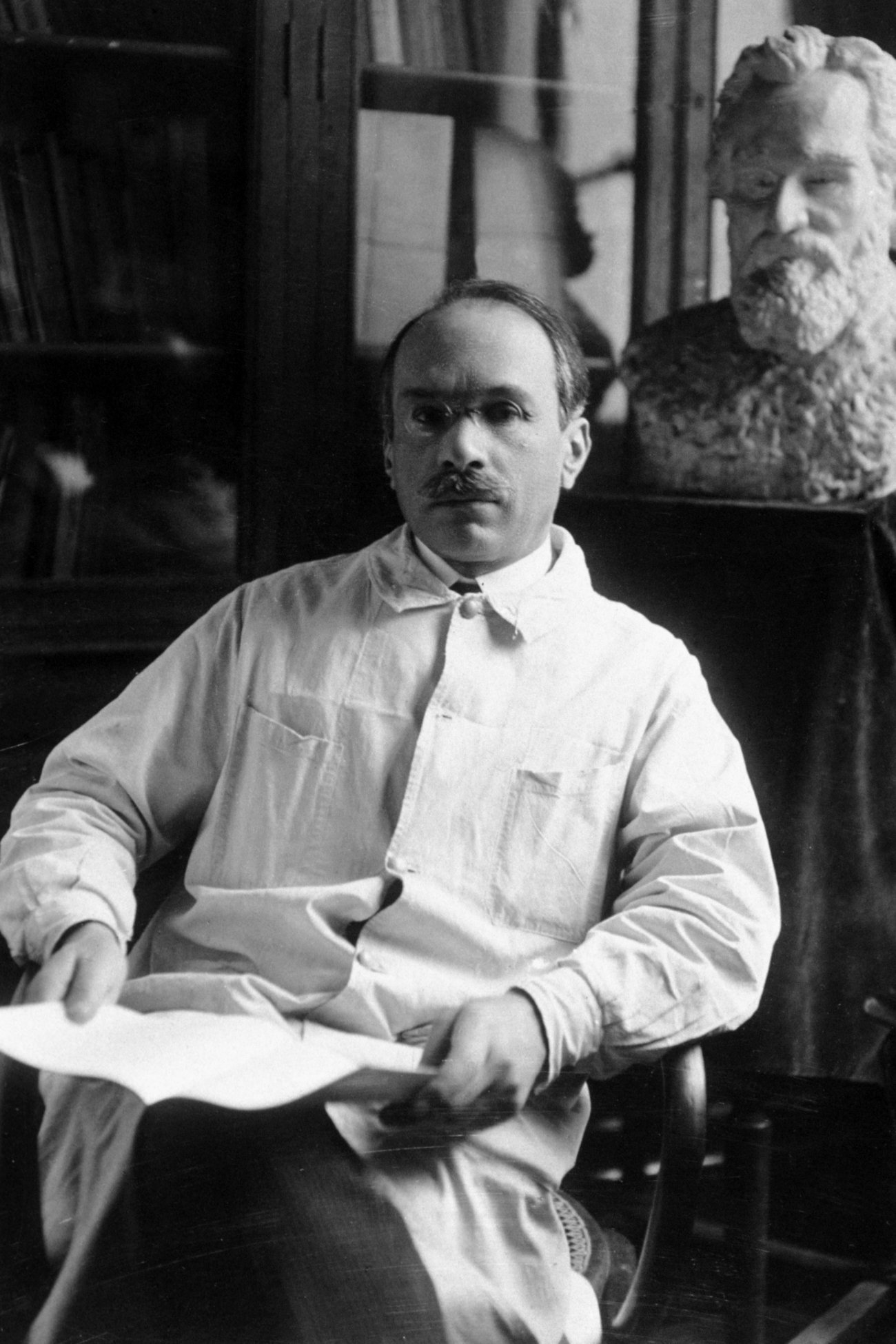
Alexandre Besredka 1870-1940, in front of the bust of Elie Metchnikoff made by Olga Metchnikoff, around 1930/1935
The author recounts the positive relationship between the Pasteurians and their German rivals and their meeting a few months before the outbreak of the First World War.
Source
Cavaillon, J. M. (2022). From Bacterial Poisons to Toxins: The Early Works of Pasteurians. Toxins, 14(11), 759. https://doi.org/10.3390/toxins14110759



